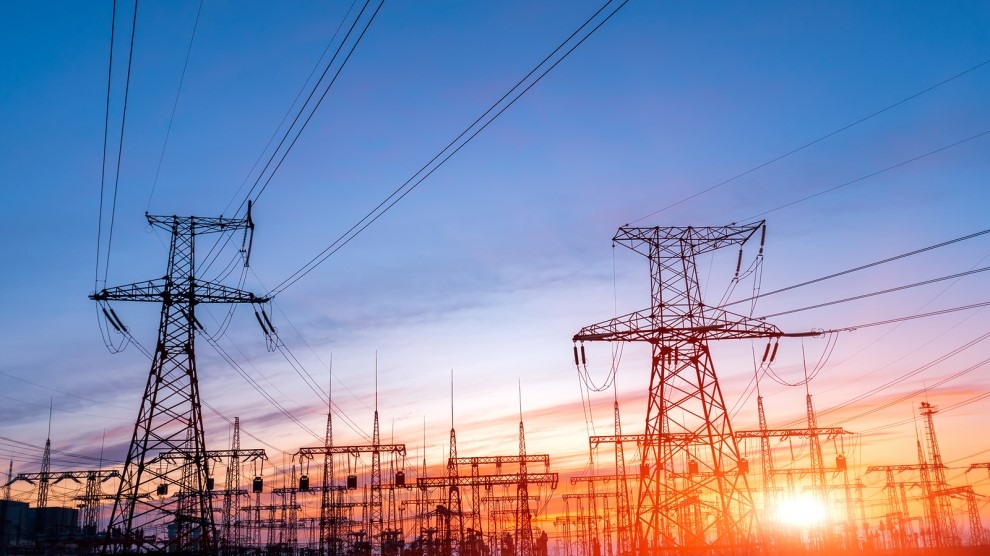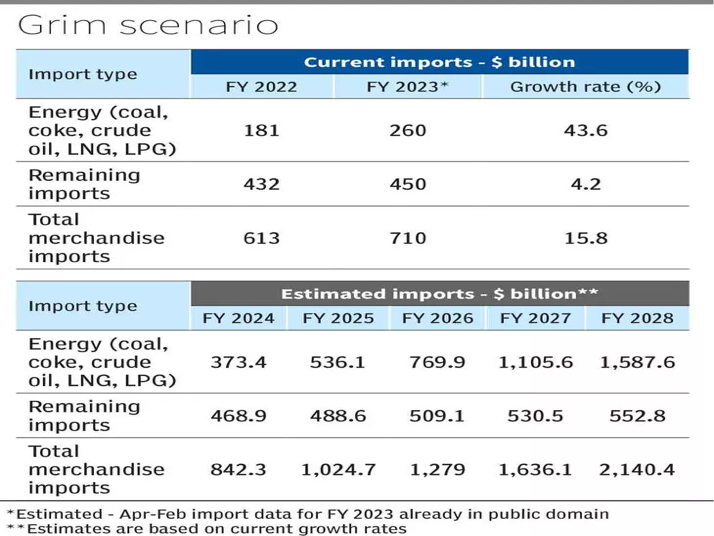Description

Disclaimer: Copyright infringement not intended.
Context
- The European Union’s (EU) foreign and security policy chief said the EU should crack down on India reselling Russian oil into Europe as refined fuel.
The numbers
Import from Russia
- Since Russian invasion of Ukraine, India has emerged as one of the biggest buyers of Russian oil.
- India’s imports of Russian oil rose tenfold last year.
- In 2021 Russian oil accounted for just 2% of India’s annual crude imports. That figure now stands at almost 20%.
Export to the west
- The access to cheap crude oil has allowed the country’s refiners to register massive profitsand export record-level refined petroleum products to Europe and the USA.
- Indian refiners exported an average of around 284,000 barrels per day (bpd) of refined petroleum products to Europe in the December-April period, up from about 170,000 bpd in the year-ago period.
India’s defence
- India has defended its purchase of oil by saying that given its huge reliance on energy imports and with millions living in poverty, it isn’t in a position to pay higher prices.
- Further, Russian crude, if substantially transformed in a third country, is not treated as Russian anymore.

Sanctions against Russian oil
- Soon after the Russian invasion of Ukraine, the West started to curtail their dependency on Moscow’s energy imports in a bid to squeeze its economy.
Germany
- It suspended the launch of the new Nord Stream natural gas pipeline.
Canada and the US
- they banned the import of Russian crude oil.
Group of seven (G7)
- They enforced a “price cap” on Russian crude.
- They believed the price cap imposition would cripple Moscow’s economy and severely impact its ability to fund its battle against Ukraine.
- However, Russia responded by increasing its oil exports to India and China.
How India is helping the West meet its energy demand?
- As the sanctions imposed on the import of Russian oil aren’t applicable to India, the amount of fuel from Moscow entering the country has reached a record high.
- This has allowed India to not only easily meet its own energy demands but also that of other countries.
- A Bloomberg report noted that India is importing more and more oil from Moscow and refining it into fuel, which is being supplied to Europe and the US.
- India’s diesel exports to the Europe rose 12-16% to 1,50,000-1,67,000 bpd in the last fiscal year.
- India boosted its vacuum gas oil (VGO) shipments to the US.
India’s Energy Imports
- India’s energy imports are estimated to grow 43.6 per cent in FY2023 over the previous year.
- Energy imports include coal, coke, crude oil, LNG, and LPG.
- India’s energy import bill for FY23 is estimated to be $260 billion.
- High growth in energy-related imports is mainly due to the challenging external environment.

- Currently, four factors are leading to a surge in the price of oil, coal, and other energy sources. These are:
- the disruption of oil supply chains due to the US sanctions on Russia post the Russian invasion of Ukraine,
- the weakening of the US-Saudi Arabia 1970s deal that led to the dollar becoming the world’s reserve currency and leading to the sale of oil and currencies other than the dollar,
- high inflation in developed countries, including the US, Canada, Germany, and the UK, and
- the US effort to create alternate supply chains excluding China.
Petroleum crude and products
- The estimated values of petroleum imports for FY 2023 are $210 billion.
- Crude imports grew by 53 per cent over the last fiscal.
- The top suppliers are Iraq ($36billion), Saudi Arabia ($31billion), Russia ($21billion), UAE ($17billion), the US ($11.9billion).
- Imports from Russia zoomed by 850 per cent over last year.
- India paid prices ranging from $90-92 per barrel for imports from Iraq, Russia, and the US.
- In comparison, it paid the price ranging from $101-103 per barrel for imports from Saudi Arabia and UAE.
- India used its refining capacity to process part of the imported crude oil and exported products worth $96 billion.
- The key exports were diesel ($45 billion), petrol ($15 billion), and ATF ($16 billion).
Coke, coal
- Disruption in oil trade due to sanctions on Russia and the weakening of the US-Saudi Arabia 1970 oil deal put pressure on governments to secure long-term coal supplies.
- India’s estimated coke and coal imports for FY2023 are $51 billion.
- India imports both coking coal and thermal coal.
- While coking coal is used as raw material for making steel, thermal coal is used to generate electricity.
- The coking coal imports may exceed $20.4 billion, an 87 per cent increase over last year.
- India imports about 60 per cent of coking coal from Australia ($11.8 billion). We also bought coking coal from the US ($2.7 billion) and Singapore ($2.1 billion).
- Steam coal imports in FY 2023 are estimated to exceed $23.2 billion, a 105 per cent increase over last year. India imports about 59 per cent of steam coal from Indonesia ($13.6 billion).

Reducing imports
- India must reenergize the exploration of local oil fields and enhance production through coal mines.
- Enhanced domestic production will substantially cut the energy import bill and improve the current account.
- India, in the 1980s, met 85 per cent of its crude oil needs mainly from ONGC’s Bombay High offshore oil field, but now we import 85 per cent of our needs.
- There’s not enough scope for reducing the import of coking coal as India does not have high-quality reserves. But, the import of thermal coal can be managed.
|
PRACTICE QUESTION
Q) India must reenergize the exploration of local oil fields and enhance production through coal mines. Critically Analyse the statement in the context of India’s burgeoning oil imports. (250 words)
|
https://indianexpress.com/article/explained/how-india-is-helping-west-meet-its-energy-demand-by-importing-russian-oil-8615009/













